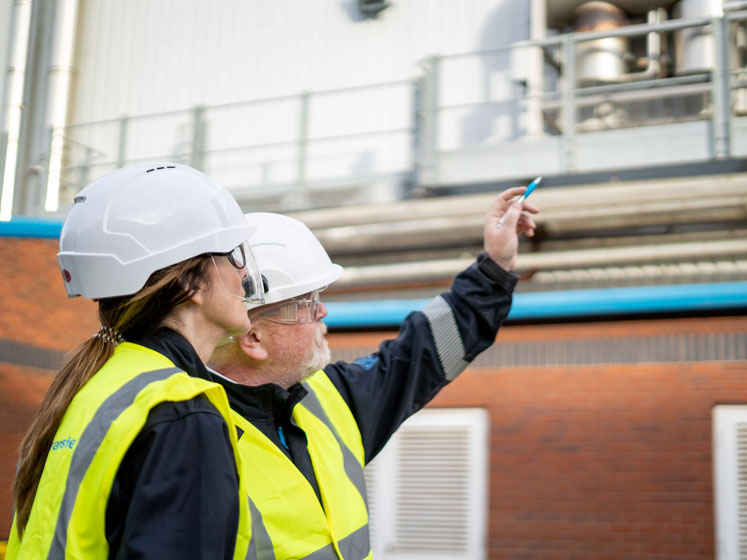Manufacturers cannot afford extensive periods of downtime, so proactively maintaining equipment is key to continuous production.
Here Clive Jones, Managing Director of global UK-based thermal fluid supplier, Global Heat Transfer, explores how businesses using thermal fluid can prevent equipment failures with proactive maintenance.
Heat transfer systems and fluids can be challenging to maintain because, once introduced to the pipes, fluid is invisible and difficult to visually monitor. Consequently, issues with the fluid may go unnoticed until there is a chemical blending failure, temperature inconsistencies or extensive pipe damage.
Fluid degradation
Chemical reactions occur at high temperatures that thermal fluids must maintain for prolonged periods. With time, operating for long periods at these temperatures can cause the fluid to degrade owing to oxidation and thermal cracking.
These processes produce contaminants, such as carbon, which will start to build up inside the pipes and negatively impact heat transfer efficiency.
Carbon build-up can cause many issues in the system. For example, sticky carbon deposits of sludge can start to form, which can be corrosive to the metal pipes and cause blockages.
Carbon is also a natural insulator, so can cause uneven heat transfer and a result in a system that cannot reach and maintain the required temperatures for chemical blending.
Regular sampling enables businesses to proactively monitor fluid condition. Maintenance engineers can gain accurate representations of the fluid’s condition by taking samples at regular intervals from a hot, closed and circulating system.
After sending a sample to a thermal fluid expert for analysis, plant managers can use the data to find any changes in fluid, such as carbon level, and intervene if adaptations to the maintenance programme are needed.

The value of sampling
Using data to monitor its condition with time and detect trends, engineers can also use sampling to predict the lifespan of fluid. For example, as a fluid reaches the end of its lifespan, there is a gradual curve that drops off sharply, referred to by specialists as “the degradation curve.”
This sudden change in the quality of thermal fluids is one of the reasons why regular and preventive maintenance is so important. Traditionally, engineers have only sampled fluid manually, but the rise of Industry 4.0 technologies could change how engineers do thermal fluid management.
Businesses can now invest in real-time condition monitoring solutions — a system that continually monitors the current status of the fluid — without impacting production in any way.
The system will detect any abnormalities, sending alerts to engineers if there any sudden changes in temperature, pressure or viscosity. If this happens, the engineer can quickly take a hot closed sample and act to resolve the issue before long-term damage is caused.
Alternative system issues
Regularly monitoring the system can also prevent costly downtime. Blockages, faulty heat exchangers or fluid pumps that are spilling oil can be the cause of temperature problems, rather than fluid degradation.
Electrical or chemical faults can also lead to intermittent lockouts or faults in the boiler, so businesses should consider all these factors to help solve the issue.
Engineers should proactively do daily checks to ensure that the system is operating normally. They can monitor gauges to understand what is happening inside the system and look out for shaking pipes or slow production.
As a business gets more confident about maintaining its heat transfer system and preventing system failures, regular testing should not be overlooked.
Proactively maintaining heat transfer fluids and systems can help businesses to reduce the cost of reinstalling a new system and the chance of system failure.
